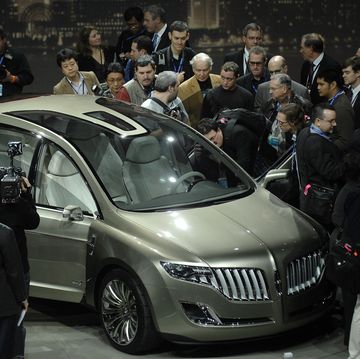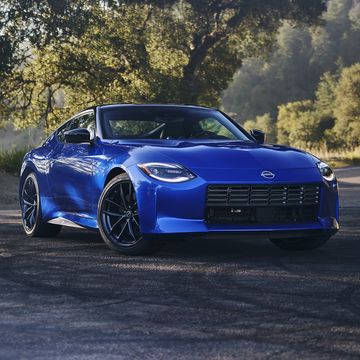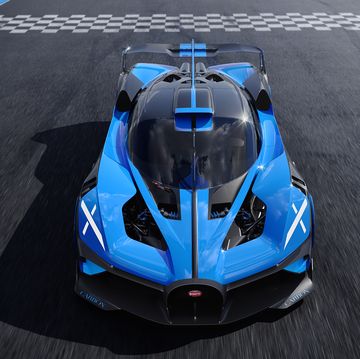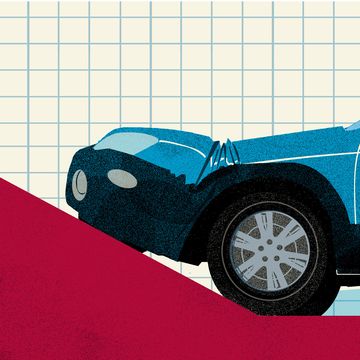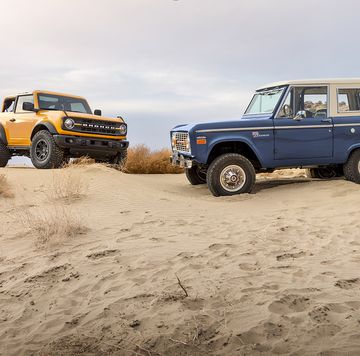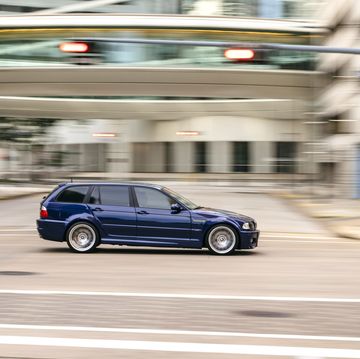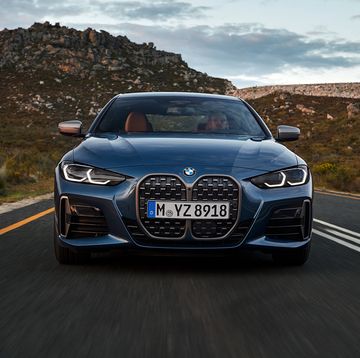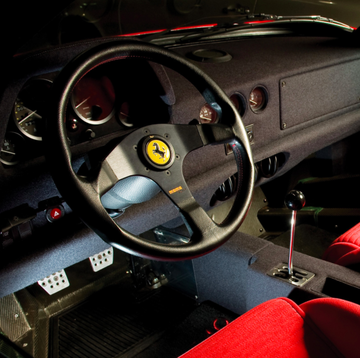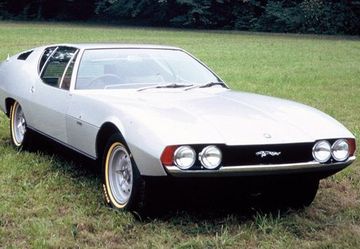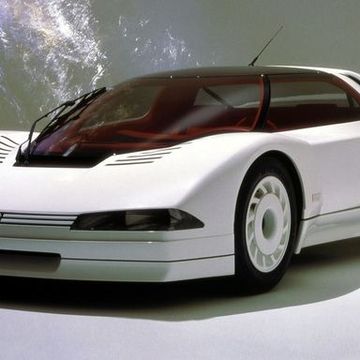People always talk about how the F50 is just not as good looking as the F40. Or how it's not even faster despite being the newer car. Never mind the fact that Evo Magazine named the F50 its best driver's car after testing the 288 GTO, F40, F50 and Enzo back to back. Or that it has a glorious naturally-aspirated V12 instead of the F40's somewhat crude twin-turbo V8.
Sure, that engine's F1 roots are maybe a little exaggerated—it only uses the cast iron block of the Ferrari 641 F1 car, bored and stroked to 4.7 liters. But that engine is also a load-bearing part of the chassis, connected to a carbon fiber, epoxy resin and Nomex honeycomb sandwich base, exotic materials even today. There's no radio, no air-conditioning or in fact anything remotely practical in this car, which probably makes it the worst daily driver on the planet. Still, this car represents the absolute pinnacle of Ferrari's capabilities in the early 1990s, and remains a very rare sight in America to this day.
Due to the economic conditions at the time, Ferrari (supposedly) only built 349 F50s, eight of which went to the Sultan of Brunei straight away. Your chances of seeing an F40, of which 1315 were built, are nearly four times greater.
Let's not talk about the likeliness of any of us driving an F50 to the Goodwood Aerodrome, only to jump into a Supermarine Spitfire a few minutes later. It starts with a zero, and ends with a lot more zeroes after the decimal.



